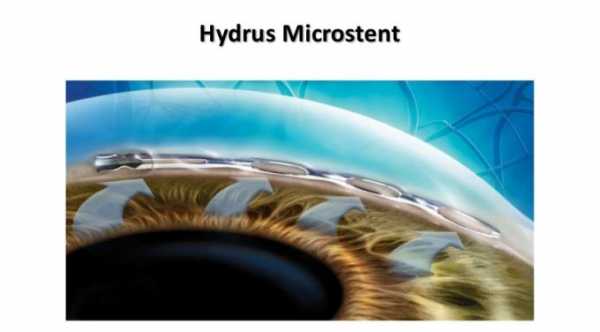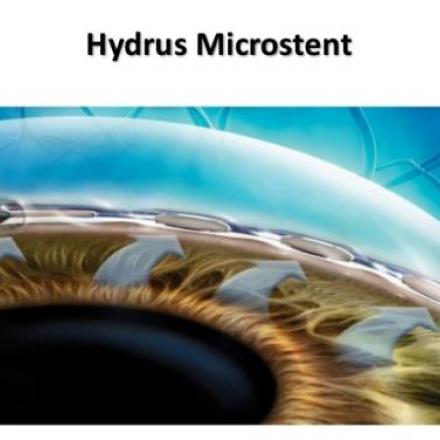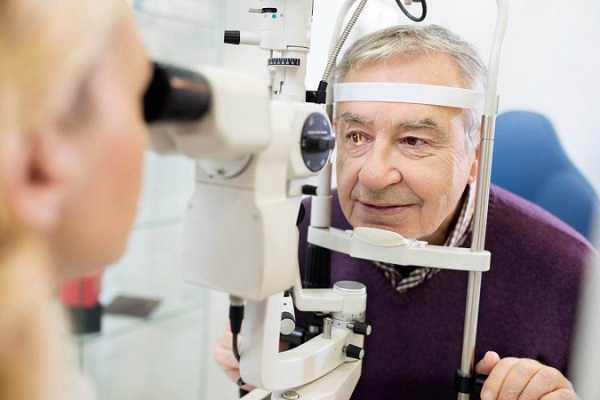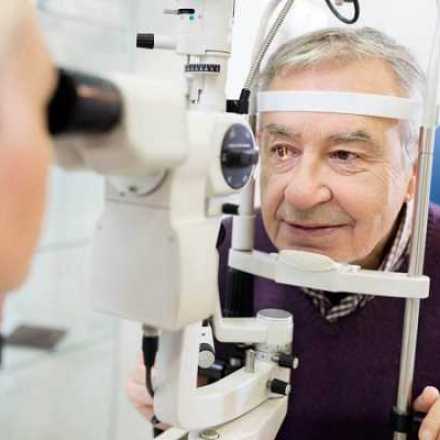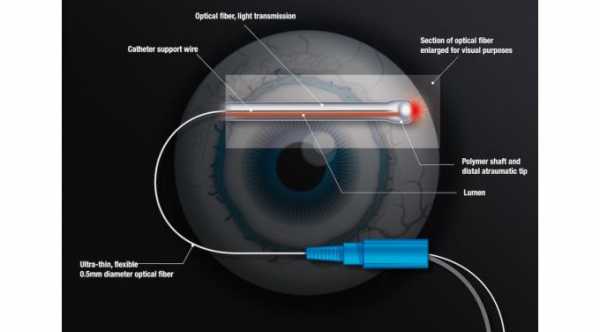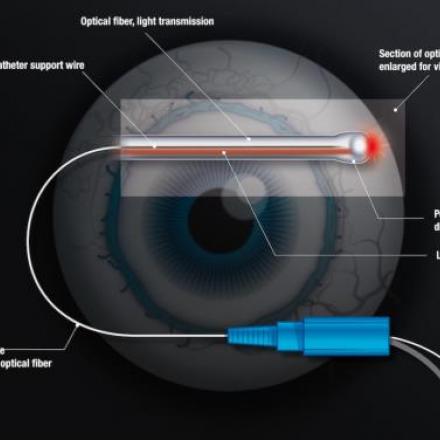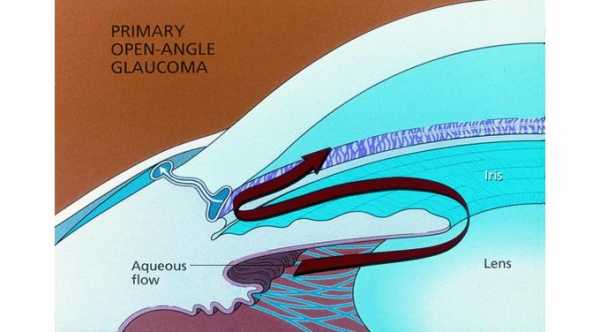
Primary Open Angle Glaucoma
Primary open angle glaucoma is the most common type of glaucoma. It is a progressive optic neuropathy that is associated with elevated intraocular pressure, progressive cupping or changes of the optic disc and visual field loss.
There is painless gradual loss of vision especially the peripheral vision. Peripheral Visual field loss can be diagnosed by special visual field tests such as Humphrey visual field test.
It is usually bilateral or in both eyes but it can be asymmetrical. The angle is grossly opened on gonioscopy and looked healthy but microscopically there is a resistance of the outflow of aqueous humor through trabecular meshwork that leads to decrease in drainage and increase in intraocular pressure.
Risk Factors of Primary Open Angle Glaucoma
1- Age
It occurs mainly in old age group, most commonly after the age of 60. It can occur at younger age in African American.
2- Race
It occurs more in African Americans than white. It occurs at younger age and will be more severe. The incidence of blindness will increase in this group.
3- Family history of Glaucoma
Glaucoma may have genetic link. The risk of developing glaucoma will increase when there is family history of glaucoma.
4- Medical conditions
Diabetic mellitus will increase the risk of it. High Blood pressure will increase also the risk of it, especially when it occurs with decrease in nocturnal blood pressure due to anti-hypertensive medications overdose which leads to ischemic damage to optic nerve. Ocular Migraine can also be a risk factor for glaucoma.
5- Myopic Patient
High incidence in patient with high myopia.
6- Central Retinal Vein Occlusion (CRVO)
Patient with CRVO will be at high risk for POAG and also patient with POAG will be at risk to develop CRVO.
7- Corticosteroid Eye Drops
The longer the duration and the more the frequency of the Corticosteroid Eye Drops that the patient use, the higher the incidence of glaucoma.This Type of Glaucoma is called Steroid Induced Glaucoma.
8- Thin Cornea
Thin cornea will underestimate intraocular pressure measurements and also eyes with thin cornea will be more susceptible to glaucoma.
Signs and Symptoms of Open Angle Glaucoma
Symptoms of Glaucoma
Primary open angle glaucoma is a chronic disease and usually asymptomatic unless it is advanced.
1- It is painless condition.
2- Gradual loss of peripheral vision.
3- In advanced stages, more optic nerve fibers are damaged. This will lead to tunnel vision in which there is complete loss of vision except at the center of visual field.
4- Total blindness in severe advanced cases.
Signs of Glaucoma
1- High intraocular pressure.
2- Deep anterior chamber.
3- Normal and open angle which can be examined by gonioscopy.
4- Abnormal optic disc vs cup ratio in which the higher the cup to disc ratio, the higher suspicion of glaucoma.
These signs usually be helpful to differentiate between open angle glaucoma and angle closure glaucoma which have shallow anterior chamber and narrow angle.



